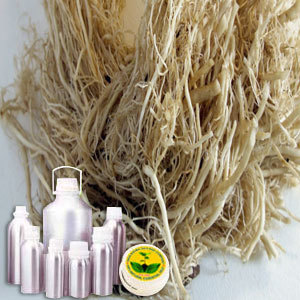Botonical Name | : | Valeriana Officinalis | |
CAS # | : | 8008-88-6 | |
Country of Origin | : | Nepal | |
Color & Odor | : | Yellowish to brown liquid @22 °C with Heady, unpleasant strong aroma | |
Solubility | : | Insoluble in water, soluble in alcohol and oils | |
F.E.M.A. # | : | 3100 | |
Specific Gravity | : | 0.930 -0.984 @20°C | |
Optical Rotation | : | -30° – 20° @20°C | |
Refractive Index | : | 1.470-1.5071 @20°C | |
Flash Point | : | >100 °C | |
Major Constituents | : | Valerianol, valeranone, valerenal, bornyl acetate | |
Plant Part Used | : | Root | |
Extraction Method | : | Steam Distillation |
DESCRIPTION:
Loaded with beneficial compounds like valeranic acid, valereal, valepotrits and valeranone, Valerian Oil is known for its high medicinal attributes. All these compounds tend to vaporize in presence of air. CONSTITUENTS:
Valerianol, valeranone, valerenal, bornyl acetate.BLENDS WITH:
Valerian Root Oil can be mixed with essential oils of Mandarin, Lavender, Rosemary, Pine, Cedar wood and Patchouli. COMMON NAMES:
This oil is commonly referred as Valeriana Officinalis and Valirian oil. USES:
Valerian Root Essential Oil is known for its skin softening and astringent attributes. It has beneficial effects on stomach and digestive tract. Its therapeutic properties are useful for curing jaundice, flatulence, hair problems, skin complications and constipation. Due to its laxative and other attributes, Valerian Oil has extensive application in cosmetics and drugs manufacturing industries. 


































